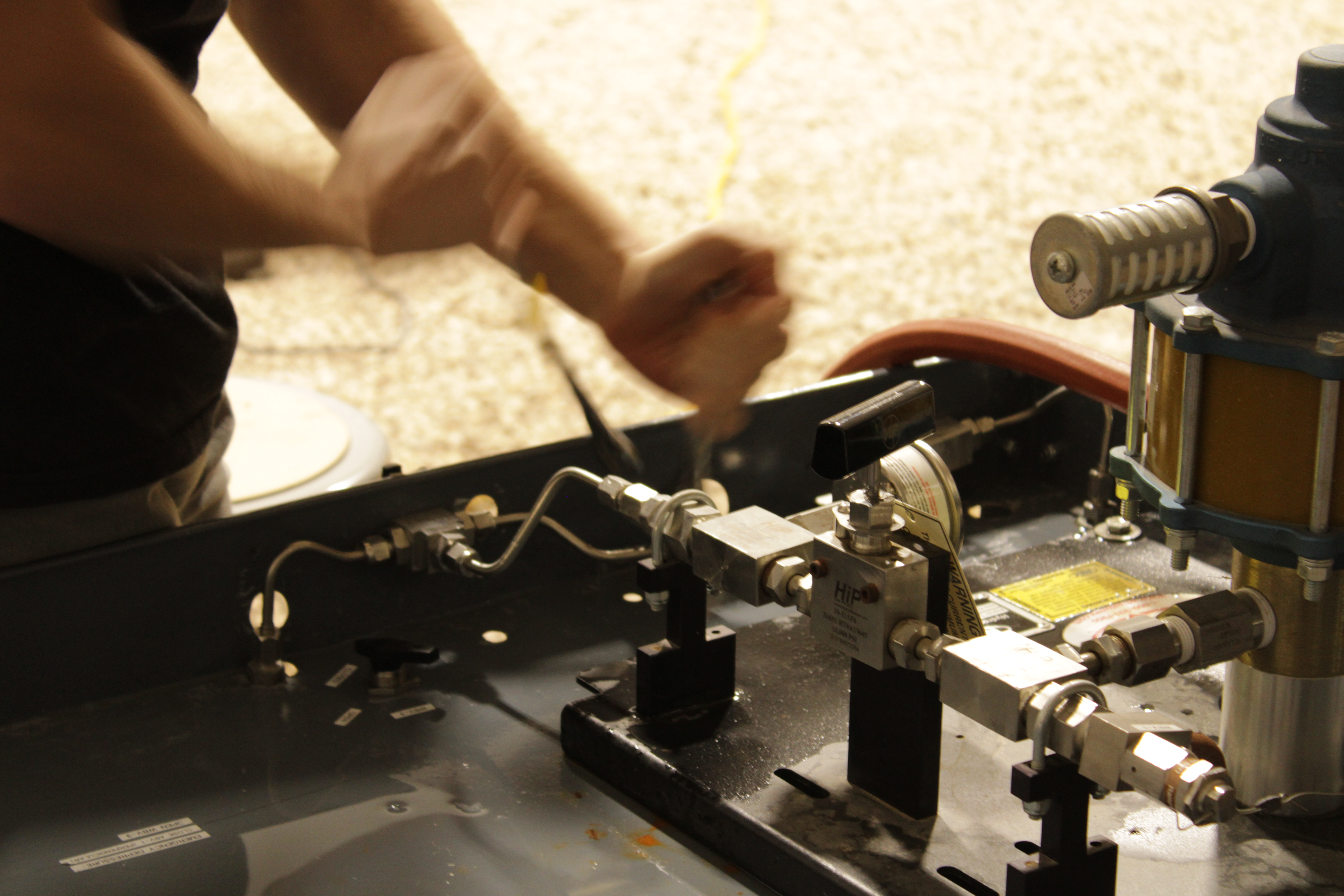
Halcyon
The Premier Collegiate Rocket

About Halcyon
3500 lbf
thrust
RP-1 LOx
propellants
mach 3.5
max speed
Engine
Details
- Kerolox engine
- Regeneratively cooled
- Additively manufactured / 3D printed
- Nominally 3500 lb of thrust
- ~ 60s burn duration
- Pressure fed engine cycle

TVC
Thrust Vector Control (TVC), is a system in Halcyon allows us to adjust the rocket's trajectory during its upward ascent. With this system, we can account for any changes in the rockets trajectory with speed and accuracy, ensuring our rocket stays on its path to the Karman Line. TVC is comprised of a system of rings that are attached to our engine to rotate it around. Each ring is connected to a linear actuator that pushes and pulls on the ring.
